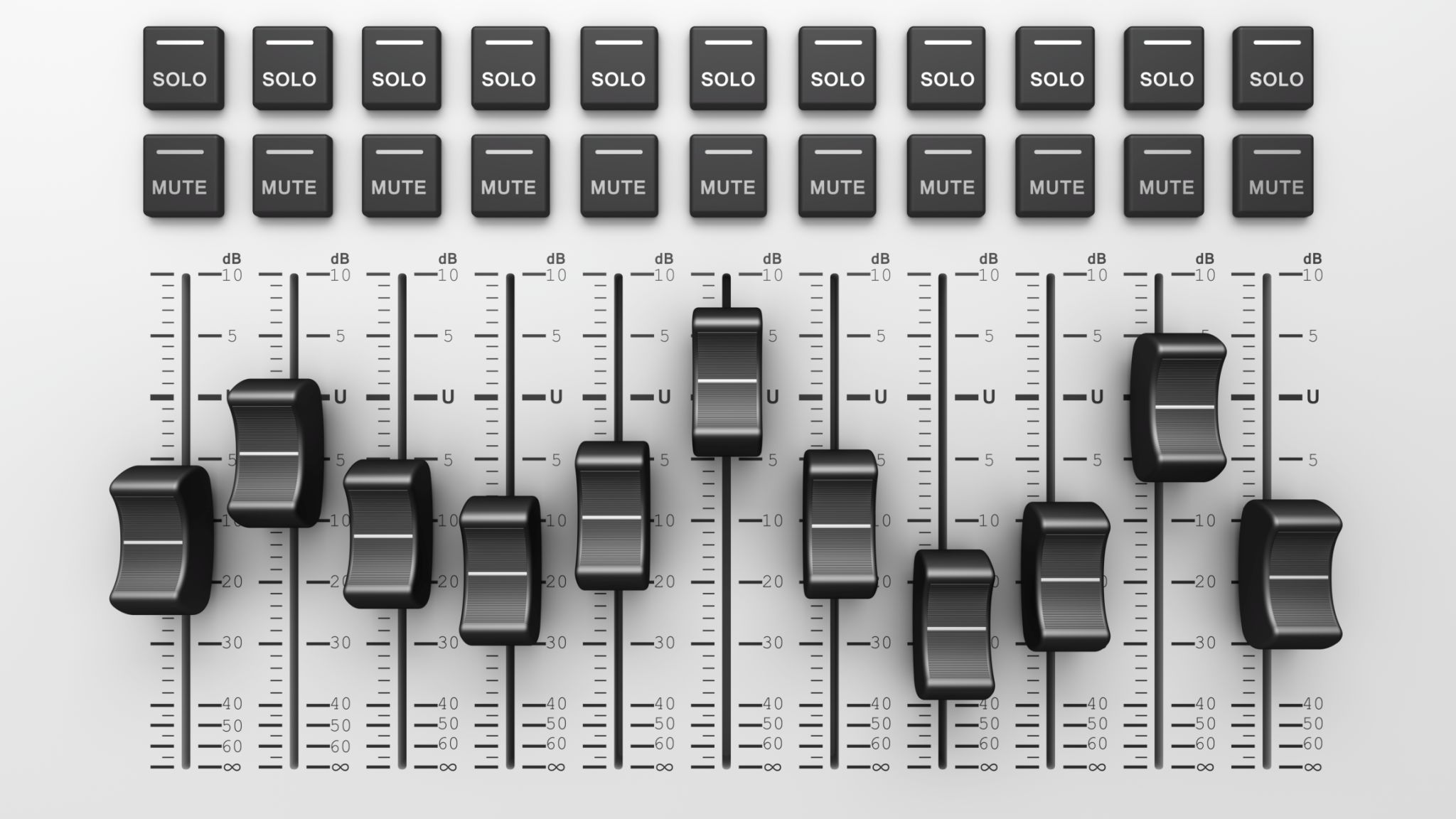The Ultimate Guide to Mixing and Mastering for a Professional Sound
Understanding the Basics
Mixing and mastering are crucial stages in music production that can transform a raw track into a polished masterpiece. While mixing involves balancing individual elements such as vocals, instruments, and effects, mastering fine-tunes the overall sound for consistency and prepares it for distribution. Understanding these processes is vital for achieving a professional sound.

At its core, mixing involves adjusting levels, panning, equalization (EQ), compression, and effects like reverb and delay. The goal is to blend all elements harmoniously while ensuring clarity and impact. Mastering, on the other hand, focuses on enhancing the final mix using EQ, compression, limiting, and stereo enhancement to ensure it translates well across all playback systems.
Essential Tools for Mixing
The right tools can make a significant difference in your mixing process. A Digital Audio Workstation (DAW) is essential for arranging and editing audio tracks. Popular DAWs include Ableton Live, Logic Pro X, and FL Studio. Additionally, invest in quality studio monitors or headphones to accurately hear the sound without coloration.

Other essential tools include plugins for EQ, compression, reverb, and delay. These allow you to shape the sound of individual tracks and create depth in your mix. Remember that less is often more; over-processing can lead to a cluttered and muddy sound.
Mastering Techniques
Mastering is the final step before distributing your music. It ensures that your track sounds cohesive and professional across different listening environments. One key technique is using EQ to balance the frequency spectrum. This involves cutting unwanted frequencies and boosting areas that enhance the track's overall sound.

Compression helps control dynamic range, making quieter parts more audible while preventing louder sections from distorting. A limiter is typically applied at the end to increase perceived loudness without clipping. Stereo enhancement can also widen the soundstage, adding depth and space.
Common Challenges and Solutions
Mixing and mastering come with their own set of challenges. One common issue is frequency masking, where certain frequencies overlap, causing muddiness. This can be resolved by using EQ to carve out space for each element. Another challenge is ensuring consistency across different playback systems; always reference your mix on various devices like car speakers, headphones, and home systems.
Volume levels are also crucial. Aim for a balanced mix where no single element dominates unless intended for artistic effect. Using metering tools can help you keep track of levels and avoid distortion. As with any skill, practice makes perfect; keep refining your techniques with each project.
Conclusion
Achieving a professional sound through mixing and mastering requires both technical knowledge and artistic intuition. By understanding the basics, utilizing essential tools, and applying effective techniques, you can significantly enhance the quality of your music productions. Keep experimenting with different approaches and always trust your ears.